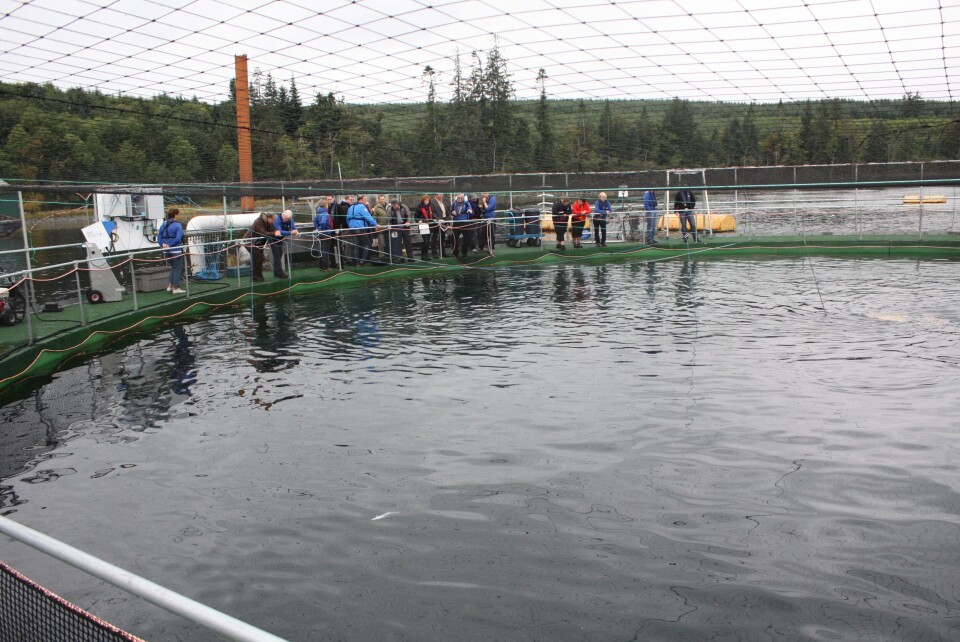
Smolts to be kept on land longer
While fish farmers in British Columbia usually don’t usually lose much sleep over problems associated with issues like sea lice (except for problems generated by an unjustifiable strict regulatory regime which forces the industry to spend millions of dollars on unnecessary treatments) and escaped Atlantic salmon (which do not survive well and which cannot provide viable off-spring if crossed with the local species of Pacific salmon), salmon farmers in places like Norway acknowledge that these issues are of serious concern, not only to the farmers themselves, but also to industry regulators and the public at large.
Bendik Fyhn Terjesen of the NOFIMA Centre for Recirculation in Aquaculture (NCRA) facility in Sunndalsøra, Norway told a Tides Canada-organized workshop in Vancouver this week that a number of the largest salmon farming companies in Norway are reducing the time their salmon spend at sea by keeping their juvenile fish in fresh water for an extended period, most often using RAS technology in large, multi-million dollar facilities.
“Closed-containment systems are particularly interesting for those who want to produce post-smolts weighing up to around a kilogram, avoiding high levels of sea lice and high fish mortality”, says NOFIMA’s website. The company warns, however, that “Closed-containment aquaculture systems, however, cannot guarantee success on their own. There is a risk of falling into a trap here, unless it is ensured that the farmed fish have good living conditions. The pitfalls of using closed-containment systems may be just as large as the advantages if it turns out that in the enthusiasm over solving one set of problems one experiences a sequence of new ones due to inadequate knowledge about the changed biological requirements of salmon in this new environment”.
Mr Terjesen told the Vancouver conference that the average mortality in salmon farms in Norway now stands at a high of 16.4%, with most of the losses occurring during the first few months following transfer of smolts to sea. By keeping the fish in freshwater facilities for an extended period, this initial mortality rate can in some cases be reduced to around one per cent. NOFIMA has also found that by keeping smolts in tanks with moderate salinity (~12 ‰) for a period following smoltification (at about 70 gram), a better Feed Conversion Rate (FCR) and growth can be achieved. Care must, however, be taken when moving the fish to seawater cages, as skin damage might set off bacterial infections, and the fish might also refuse to eat for a period following transfer to full salinity ocean water. NOFIMA is now examining the possibility that the extended period of keeping Atlantic salmon in RAS systems post smoltification might be reduced to achieving a size of perhaps only 500 gram prior to sea water transfer in order to realize similar, environmental and production-related benefits.
An experiment with a floating, semi-enclosed bag system for post-smolts using a 35-metre deep water intake resulted in the fish being hit by a harmful algae bloom which in turn set off an outbreak of gill disease, causing the owner to cull the entire population.






















































